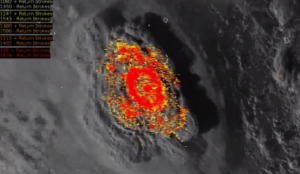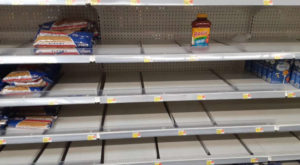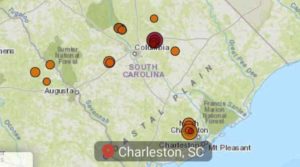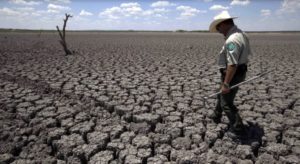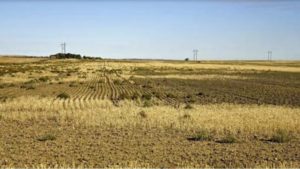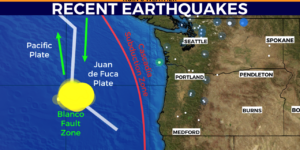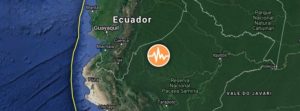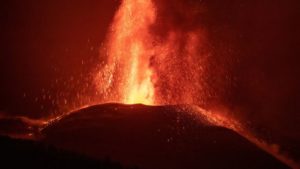
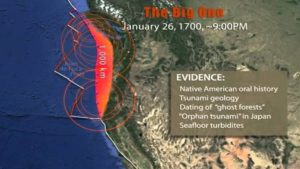
Strange Sounds – January 27, 2022
A monstrous earthquake in the Pacific Northwest is a certainty. We just don’t know when.
For many people, natural disasters inspire both fascination and fear. They’re a sign of nature’s power to not only create, but also destroy. At the same time, they’re a reminder of the human potential for ingenuity when it comes to protecting ourselves from the forces we cannot control.
In this case, there are two opposing forces: the North American Plate, an enormous tectonic plate that carries the entire continental United States on its back, versus the 90,000-square-mile Juan de Fuca Plate, located in the ocean off Washington, Oregon, and Northern California.
For the past 200 million years, these two have been squaring off in an epic wrestling match in an area known as the Cascadia Subduction Zone, or CSZ. Trust us, nobody wants to see the end of this round. Yet only a few people seem truly bothered: seismologists, emergency management professionals, and those who have experienced earthquakes before.
It’s certain that the Northwest will experience a devastating earthquake again, says Chris Goldfinger, an oceanographer at Oregon State University and one of the world’s leading experts on subduction zone earthquakes. “We have no idea of the timing and how urgent it is,” Goldfinger tells Pop Mech. “People tend to ignore it in that case.”
The majority of the public, as well as most governments in the Northwest, aren’t yet pushing to implement the extensive infrastructure changes and early-warning communications systems needed to save tens of thousands of lives.
The Juan de Fuca Plate has been steadily pushing against the Pacific Coast as it slides beneath the North American Plate. But the roughly 47-million-square-mile North American Plate isn’t budging. Instead, it’s locked tightly against the Juan de Fuca’s surface.
Here’s the chilling prediction from the Cascadia Region Earthquake Workgroup (CREW) in its 2013 report on CSZ earthquakes: “Cascadia has now been building up strain for over 300 years, so the next great earthquake could happen at any time.

